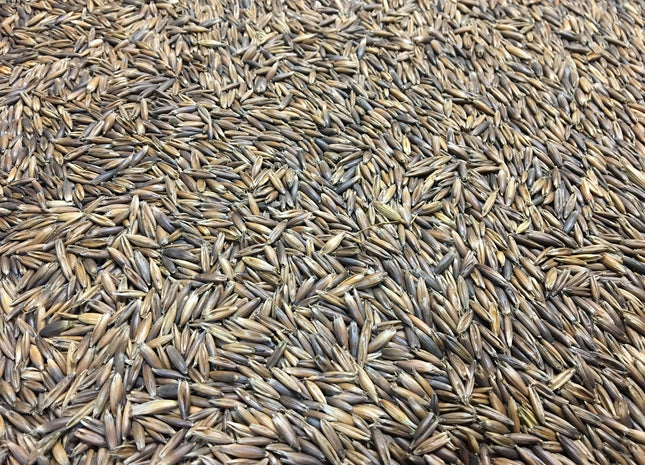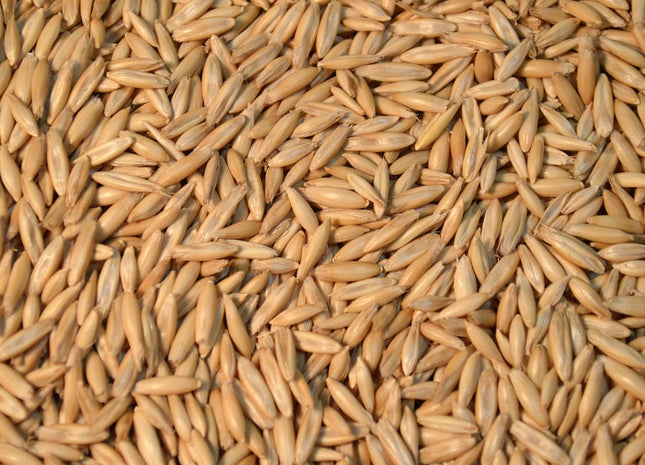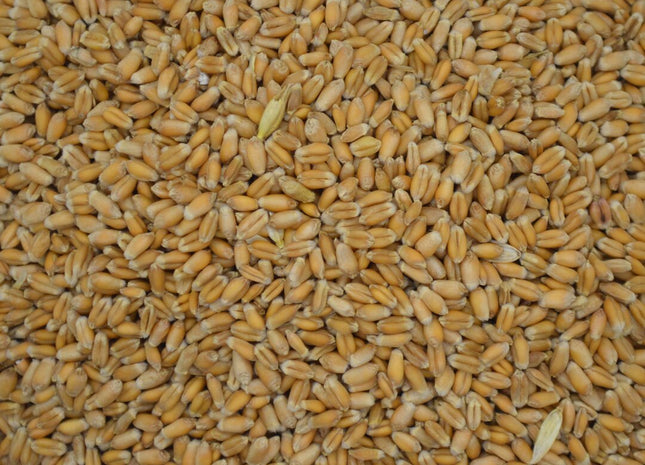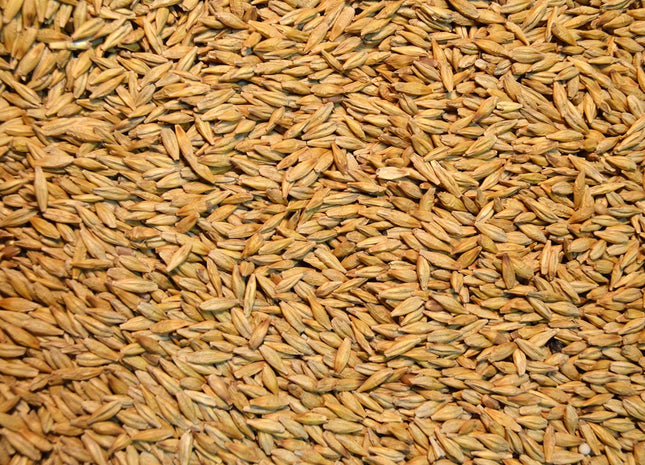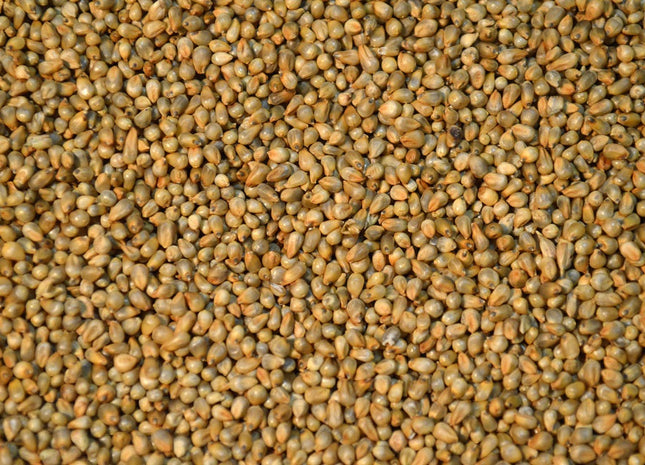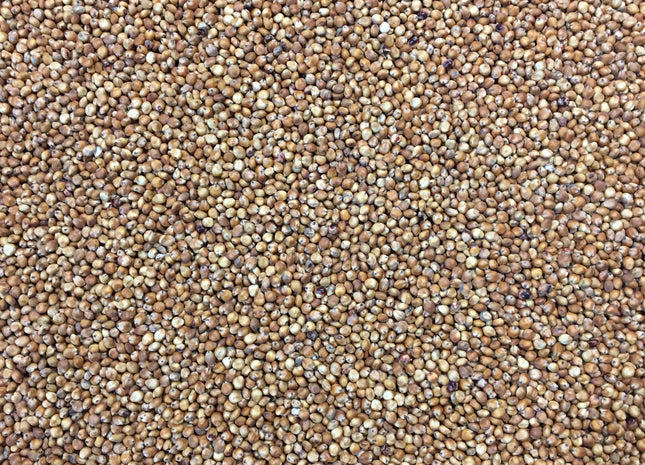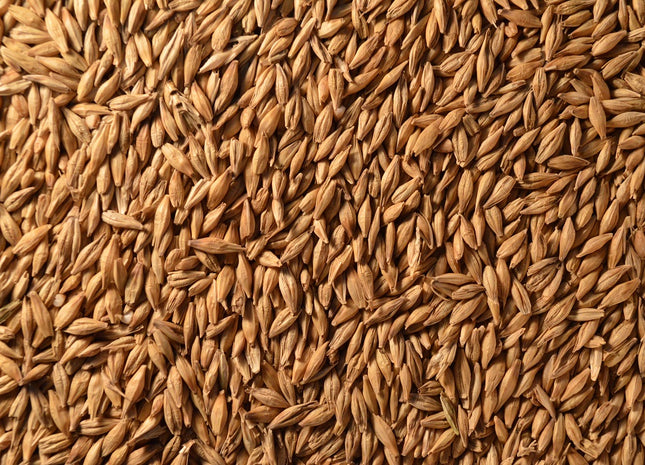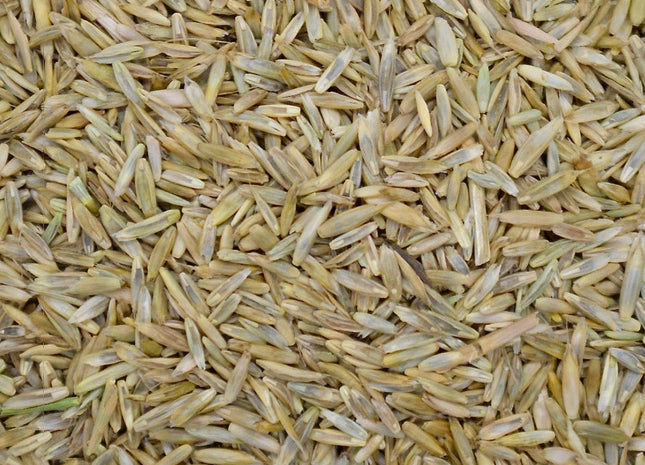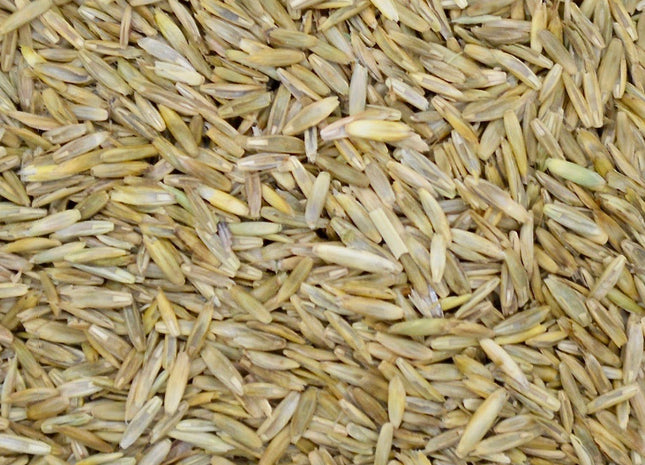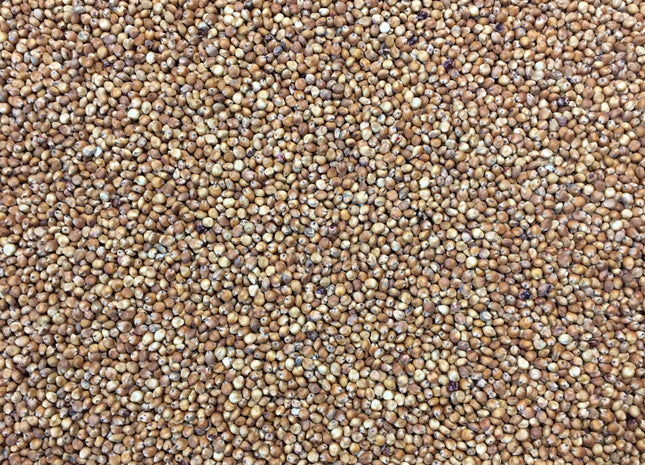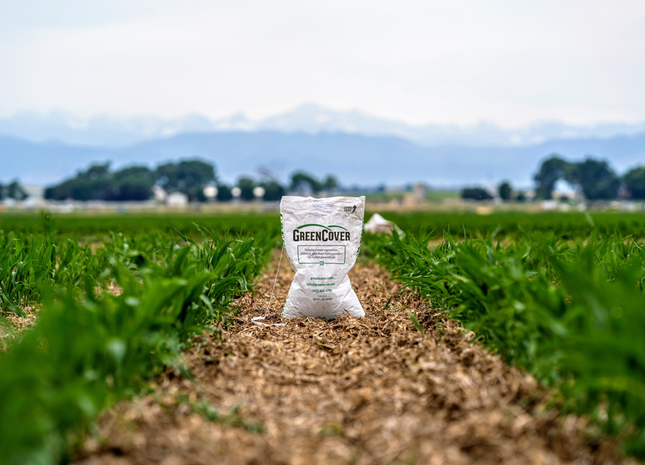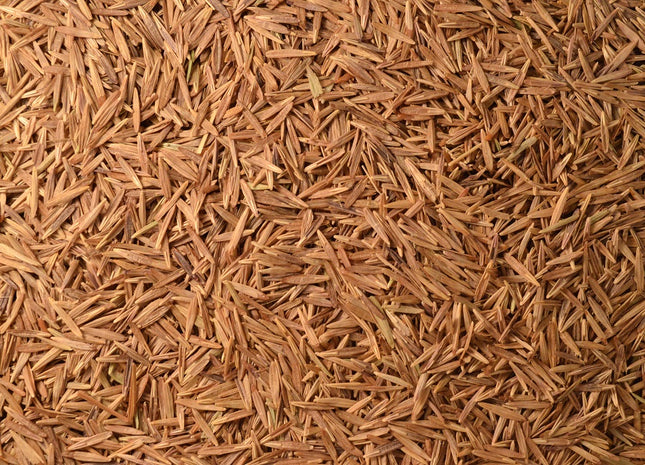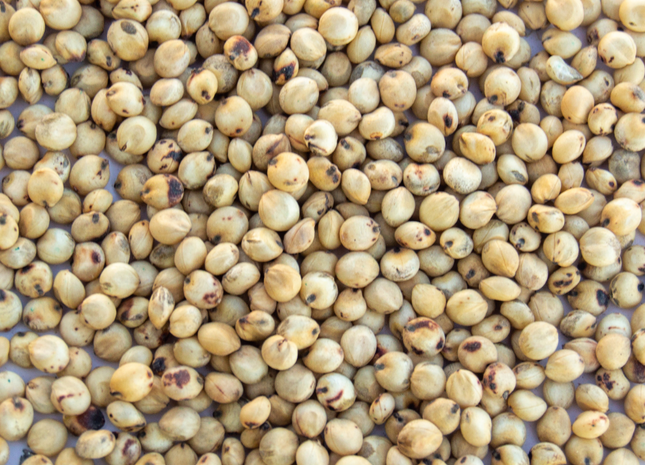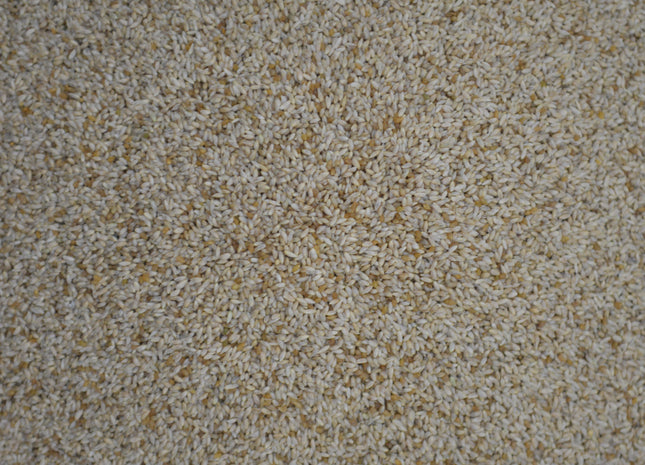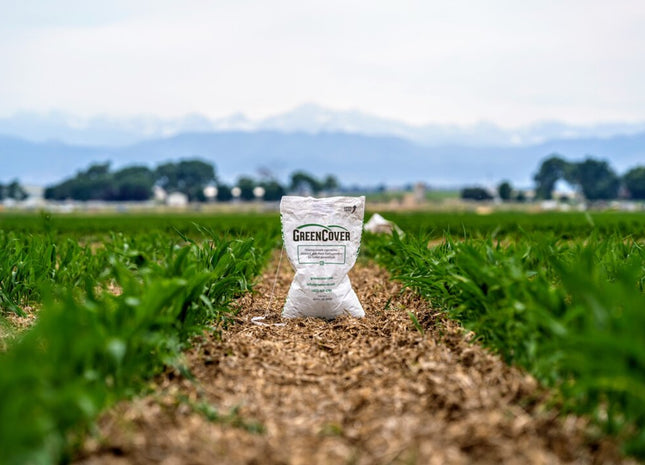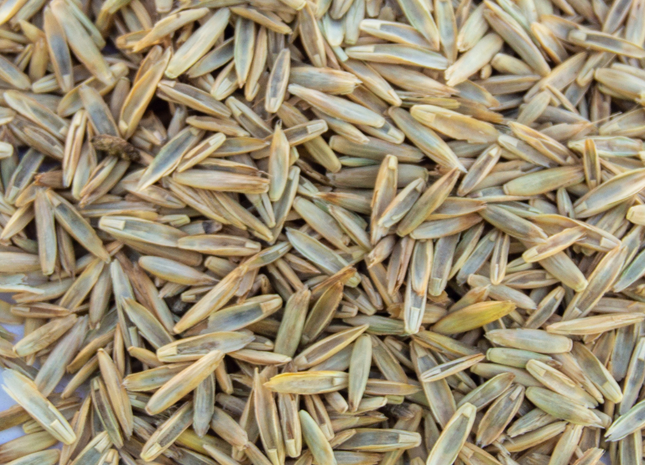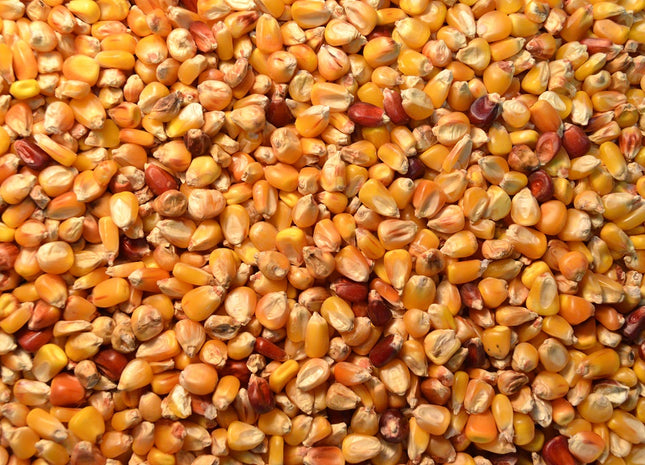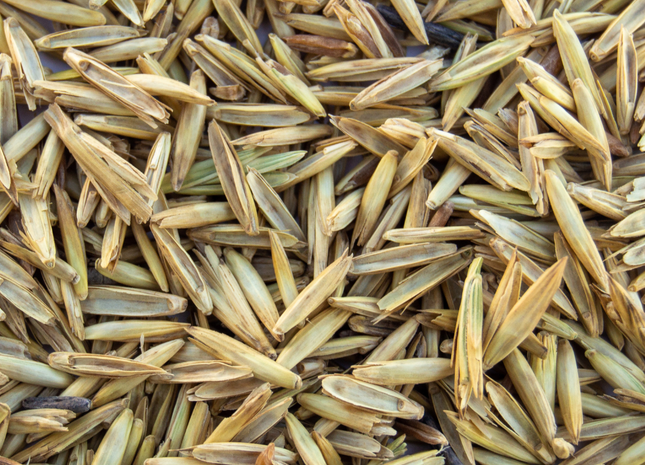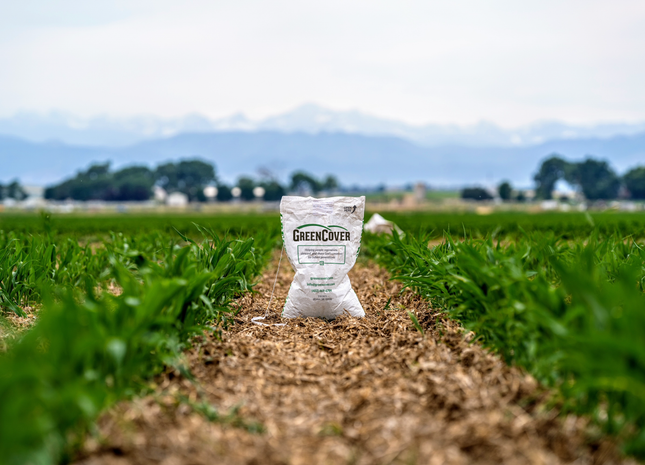Grasses

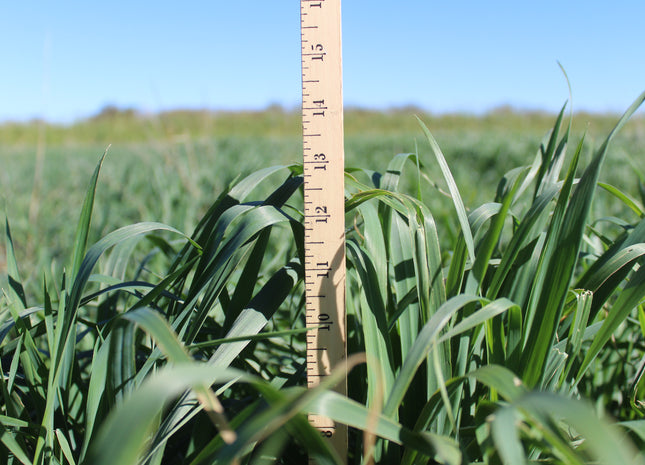
Black Oats (Cosaque)
Cosaque black oats offer several advantages over traditional oats, including superior nutritional value, digestibility, palatability, and a robust tillering capacity. They exhibit forage yields comparable to cereal rye and demonstrate good winter hardiness, often serving as a winter annual crop in southern regions. Notably, these oats thrive even in low-quality soils, contributing to soil restoration and enrichment due to their exceptional root system. A great fall grazing option across the U.S. and a great overwintering grass as you get south of Interstate-70.
from $0.32 per lb

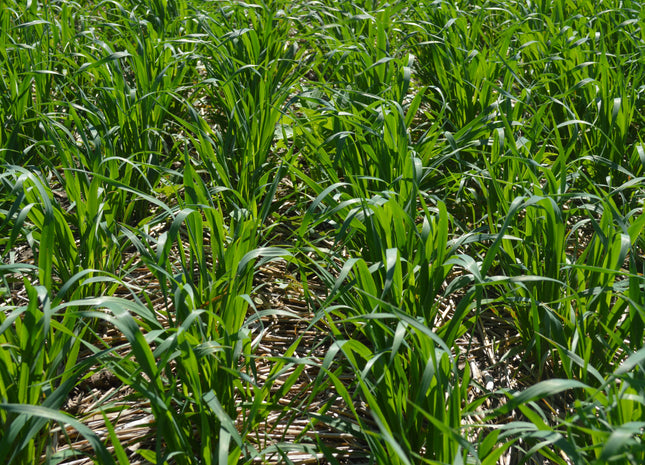
Spring Oats (Rushmore)
Spring oats are an excellent choice for quick ground cover in the spring or fall. Rapid growth aids in stabilizing disturbed or bare soil from environmental conditions. Spring oats make a great addition to any spring grazing or forage mix providing ample tonnage for your livestock. Oats can be easily chemically terminated and fall plantings commonly winterkill. Residue from oats suppress winter annuals and protect the soil throughout the winter and will decompose rapidly in the spring. Allelopathic chemicals released by the decomposing residue suppress weed germination for a few weeks. The high quality oat forage is more palatable than rye or wheat. Also, oat is less prone to insect problems than either wheat or barley.
from $0.32 per lb

Winter Wheat (GA Gore Soft Red) - Beardless
The soft red winter wheat, an awnless variety, stands at a medium height with its moderate-strength straw. Its resistance to diseases and pests makes it a nice option as a winter cover crop for grazing, weed suppression, and erosion control.
from $0.27 per lb

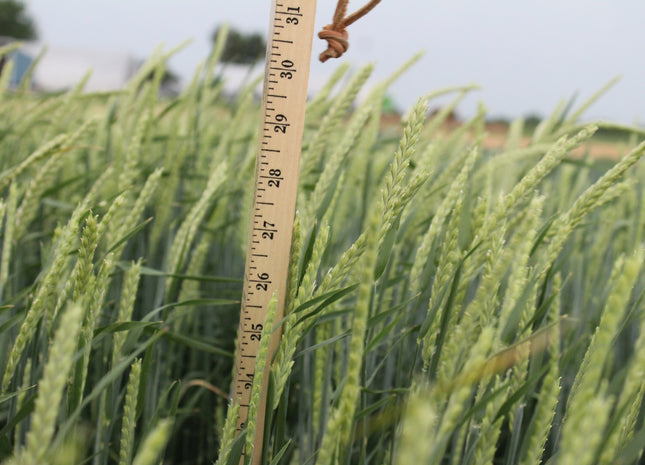
Spring Forage Barley (Lavina) - Beardless
Barley has relatively low water usage compared to other cover crop species, especially during earlier growth stages. Under poor fertility conditions, barley would be a good choice and can help render P & K available for your next crop. Barley provides a good feed quality grain that can be harvested 2-3 weeks earlier than wheat which then allows your double crop/cover to be planted sooner.
from $0.32 per lb

Pearl Millet (Exceed BMR)
Pearl millet is among the best grazing or haying millet varieties. Exceed BMR Pearl Millet also offers the BMR trait allowing the animal to better digest the plant for optimal nutritional efficiency. Pearl millet is very adaptable to its growing environment with great tillering capacity, allowing for more forage and better ground coverage with less seed.
from $2.40 per lb

Sorghum Sudan (Endurance Aphid Tolerant BMR Dwarf)
Endurance Aphid Tolerant BMR Dwarf sorghum sudan is bred for short stature and high digestibility. Don't mistake shorter stature for less biomass, though. The dwarf trait simply shortens the length in between the leaves, called the internode length, while still growing the same number of leaves. The shorter plant makes it easier for livestock to graze and utilize efficiently.
from $1.65 per lb

Winter Barley (P919) - Beardless
Barley has relatively low water usage compared to other cover crop species, especially during earlier growth stages. Under poor fertility conditions, barley would be a good choice and can help render P & K available for your next crop. Barley provides a good feed-quality grain that can be harvested 2-3 weeks earlier than wheat, which then allows your double crop/cover to be planted sooner. Compared to oats, barley produces more tillers and vegetation that will remain erect longer after termination. Carbohydrates known as monosaccharides are excreted through the roots to feed soil biology and barley has been observed to release more monosaccharides than even alfalfa.
from $0.32 per lb

Annual Ryegrass (Centurion) - Diploid
Extending the grazing season while protecting and building the soil is a great benefit of this species. The biomass N content can range from 1.3-2.4% and varies depending on the amount of residual N left from the previous crop. Reports of annual ryegrass having the potential to scavenge up to 200 lbs of residual N/A/yr have been recorded. Ryegrass can be very successfully broadcast into established row crops. Winter killed ryegrass can still provide weed suppression, soil protection and trap residual N until spring. Ryegrass attracts very few pest insects that could pester the next crop. With lower needed seeding rates per acre you will spend less on freight and your applicator can remain in the drill or in the air longer. Annual ryegrass has deep roots, but when considering it for more northern areas, it must be established prior to hard freezing in order to have the best chance of winter survival.
from $1.00 per lb

Annual Ryegrass (Ranahan) - Tetraploid
Annual ryegrass stands out as a captivating and remarkable grass within the realm of cover crops. It offers a plethora of advantages, including winter grazing, impressive yields, and an often underrated impact on breaking through compacted soils. Notably, tetraploid ryegrass boasts rapid establishment, extended and broader leaves, but that comes with a reduced cold tolerance when compared to diploid annual ryegrass.
from $1.00 per lb

Sorghum Sudan (SolarMaxx PPS)
SolarMaxx is a photoperiod sensitive sorghum sudangrass designed to be used in both diverse cover crop mixes as well as for forage production. The photoperiod sensitivity is an increased benefit to anyone who wants to have a full season plant with multi harvest possibilities. Photoperiod sensitivity means that the plant will not go reproductive until the daytime hours get to 12 hours and 20 minutes. The flexibility of these genetics gives the producer time to either react to making a harvest, or allow time for moisture to come and allow the plant to grow again. Since seedhead emergence is so late the threat of volunteer seed is little to none.
from $1.45 per lb

Sorghum Sudan (Cattle Cover BMR MS)
Cattle Cover offers game-changing combination of agronomics and yield. High digestibility, great palatability, and strong disease package for overall good producibility. First-in-class sugarcane aphid tolerance. Agronomics and maturity makes it a strong hybrid for hay production and grazing. Being a male sterile it can be used where you do not want the possibility of volunteering.
from $1.60 per lb

Meadow Brome (Champaign)
Meadow brome is a bunchgrass resembling smooth brome but behaving more like orchard grass, only with more drought tolerance. Like orchard grass, it has good regrowth and is one of the better grasses for stockpiling in winter, though it is still distinctly inferior to fescue for that purpose.
from $4.05 per lb
- Out of Stock

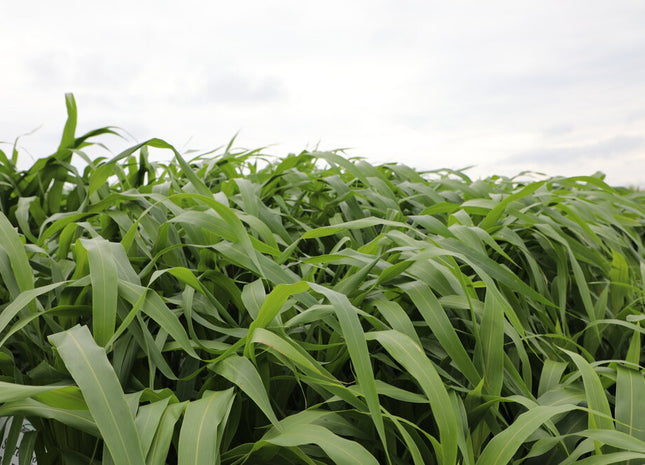
Sorghum Sudan (Short King BMR Dwarf PPS)
Short King BMR Dwarf PPS Hybrid Sorghum Sudan is an excellent option for people south of I-70 and in dry climates due to its superior drought tolerance and aphid resistance. This sorghum sudan can be used for hay production or grazing. It will maintain dwarf stature until the photoperiod sensitivity is triggered, usually mid-September.
from $1.75 per lb
- Out of Stock

Timothy Grass (Carson)
Timothy grass has excellent palatability while vegetative. It is an excellent species to use for hay, especially for horses. Though many varieties lack drought, heat, and grazing tolerance, Carson timothy is an improved variety and can be added to any cool season pasture.
from $3.20 per lb

Pearl Millet (Green Giant Hybrid)
Green Giant Hybrid Pearl Millet is among the best grazing or haying millet varieties. Pearl millet is very adaptable to its growing environment with great tillering ability. This allows for more forage and better ground coverage with less seed.
from $1.99 per lb

Festulolium (SugarCrest)
SugarCrest Festulolium is a perennial ryegrass crossed with meadow fescue. This grass exhibits superior forage quality, winter-hardiness, drought tolerance, and excellent seedling vigor. This is a great option for anyone looking for a high yielding, high quality forage. Learn more about SugarCrest Festulolium here.
from $7.10 per lb


Organic Jerry Spring Oats
Note: This product is certified organic. Spring oats are an excellent choice for quick ground cover in the spring or fall. Rapid growth aids in stabilizing disturbed or bare soil from environmental conditions. Spring oats make a great addition to any spring grazing or forage mix providing ample tonnage for your livestock. Fall plantings commonly winterkill. Residue from oats suppress winter annuals and protect the soil throughout the winter and will decompose rapidly in the spring. Allelopathic chemicals released by the decomposing residue suppress weed germination for a few weeks. The high quality oat forage is more palatable than rye or wheat. Also, oat is less prone to insect problems than either wheat or barley.
from $0.45 per lb

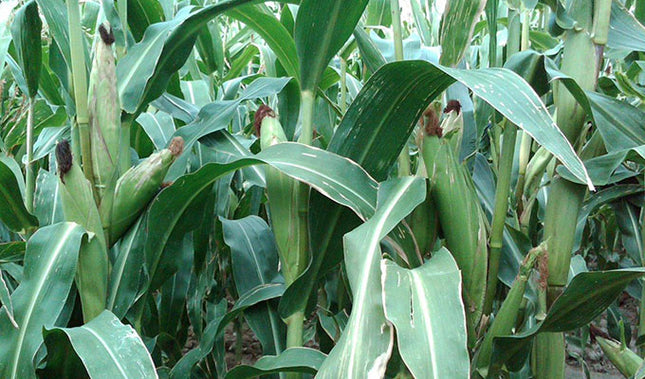
Grazing Corn (Solargraze BMR)
Grazing Corn is a high quality warm season annual option which is especially useful in late summer as the nights begin to cool off. Corn will thrive with warm days and cool nights, whereas sorghum sudan prefers hot days and warm nights. Grazing corn is highly palatable though it does not have great regrowth. For this reason it is best for a late season planting where only one grazing event is planned. It will also provide a high carbon residue to help protect soil during the winter.
from $0.65 per lb

Intermediate Wheatgrass
Intermediate wheatgrass is probably the most productive of the western grasses, relatively equal to orchard grass, tall fescue, or smooth brome in yield potential, with much more drought tolerance. It is a strong bunchgrass and tends to lose quality upon maturity.
from $3.25 per lb

Spring Oats (Everleaf Falcon) - Certified
Everleaf Falcon spring oats are an improved variety of oats. Delayed heading and improved leaf density make this an excellent option for forage. These oats resist lodging, produce excellent tonnage, and provide high quality forage. The seeds are much darker than most oat varieties, maturing as a medium to dark brown seed. Everleaf Falcon oats should be used for grazing or any type of harvested forage.
from $0.35 per lb

Sorghum Sudan (506x51 BMR Dwarf)
506x51 is a brachytic dwarf BMR sorghum sudangrass with a longer maturity than standard sorghum sudan hybrids. 506x51 has high tillering capacity genetics that will help with filling in row spaces when planting at wider rows. This is also a benefit when grazing, as once the plant is consumed the plant will stool. The delayed maturity benefit to this variety also pairs it nicely with longer season cover mixes that could be stockpiled. The leaf to stem ratio is very attractive for a hay harvest as well.
from $1.55 per lb

Sorghum Sudan (Good Grazy BMR PPS)
This photoperiod sensitve sorghum sudan is an excellent option for many multi-cut grazing and haying situations. The BMR trait lends itself to excellent digestibility. Use this product in mixes are by itself. The PPS trait ensures that the sorghum sudan will not head out until mid-September.
from $1.75 per lb
- Out of Stock

Meadow Brome (Fleet)
Meadow brome is a bunchgrass resembling smooth brome but behaving more like orchard grass, only with more drought tolerance. Like orchard grass, it has good regrowth and is one of the better grasses for stockpiling in winter, though it is still distinctly inferior to fescue for that purpose.
from $4.05 per lb
- Out of Stock


Organic Rushmore Spring Oats (Certified)
Note: This product is certified organic. Spring oats are an excellent choice for quick ground cover in the spring or fall. Rapid growth aids in stabilizing disturbed or bare soil from environmental conditions. Spring oats make a great addition to any spring grazing or forage mix providing ample tonnage for your livestock. Oats can be easily chemically terminated and fall plantings commonly winterkill. Residue from oats suppress winter annuals and protect the soil throughout the winter and will decompose rapidly in the spring. Allelopathic chemicals released by the decomposing residue suppress weed germination for a few weeks. The high quality oat forage is more palatable than rye or wheat. Also, oat is less prone to insect problems than either wheat or barley.
from $0.50 per lb

Forage Sorghum (Sorgrow D120 BMR Brachytic Dwarf)
This Brachytic Dwarf Forage Sorghum brings a jump in yield potential. Excellent standability, top-notch quality feed and now featuring our Aphix SCA tolerance. This is a benchmark of all high-yielding forage sorghum products in the lineup. If you need a product to push the limits of yield and provide superb agronomics, this is the one to try.
from $2.30 per lb

